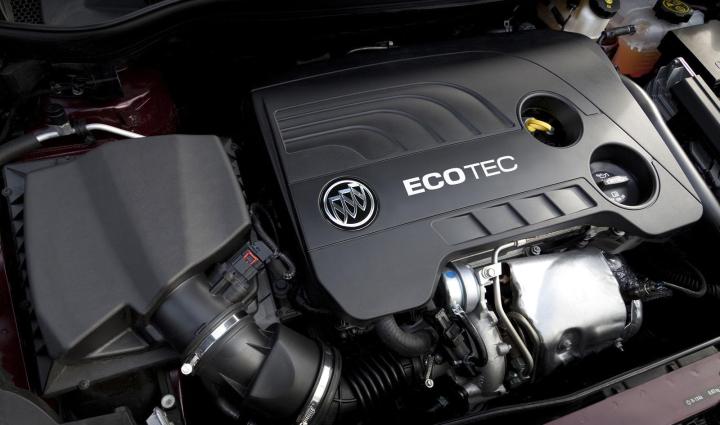Buick will introduce its first convertible in 25 years at tomorrow’s Detroit Auto Show. Called Cascada, the rag-top is essentially an Americanized version of the Opel Cascada that was introduced in Europe two years ago.
Visually, the Buick Cascada stands out from the Opel-badged model that is sold on the Old Continent thanks to minor details like model-specific alloy wheel designs, new paint colors and, of course, Buick’s three-flag emblem on the radiator grille. The rest of the car is shipped over from Germany essentially unchanged, meaning that the Cascada features a fluid design accented by a rakish A-pillar, sculpted flanks and a discreet spoiler integrated into the trunk lid.
The story is the same on the inside, where most of the cockpit is sourced directly from the Opel parts bin. The top part of the center console is dominated by a seven-inch color screen that runs Buick’s Intellilink infotainment system while the bottom portion is home to a wide selection of buttons and knobs. The 2+2 interior lives up to the Cascada’s upscale aspirations thanks to features like soft touch materials on the instrument panel, OnStar with 4G LTE, a heated steering wheel and heated front seats.
The power-operated soft top can be opened or closed in 17 seconds at speeds of up to 31 mph. The Cascada offers 13.4 cubic feet of trunk space when the top is up and 9.8 with the top down.
A turbocharged 1.6-liter Ecotec four-cylinder engine emphasizes the convertible’s European flavor. It is tuned to generate 200 horsepower and 206 foot-pounds of torque, though an overboost function can temporarily raise the torque output to 221 foot-pounds. A six-speed automatic transmission sends power to the front wheels.
After greeting the show-going public in Detroit, the 2016 Buick Cascada will land in showrooms early next year. Performance figures and pricing information will be released at a later date.






